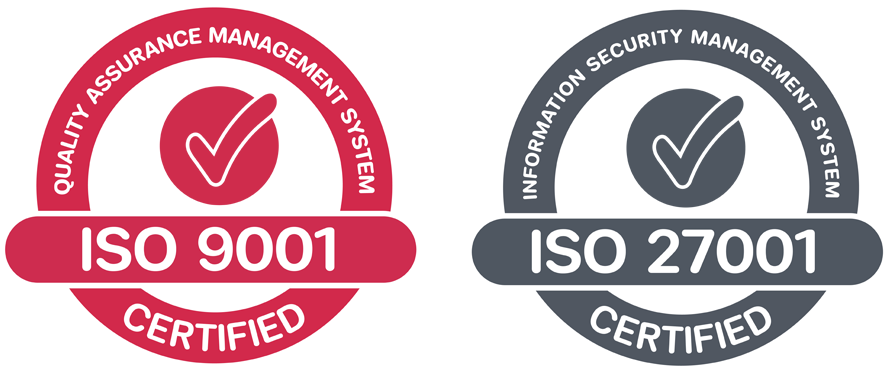In the realm of natural language processing, T5, or Text-To-Text Transfer Transformer, stands as a transformative force, reshaping the way we approach language understanding and generation. Join us as we explore the latest trends and advancements surrounding T5, unlocking the potential of state-of-the-art language models.
1. T5: A Paradigm Shift in Language Modeling
T5 represents a paradigm shift in language modeling by framing all NLP tasks as a unified text-to-text format. This innovative approach allows T5 to handle a diverse range of tasks, from translation and summarization to question-answering and sentiment analysis, using a single unified model architecture.
2. Pre-training and Fine-Tuning: Tailoring T5 to Varied Tasks
T5’s strength lies in its pre-training capabilities, where the model is exposed to a vast amount of text data to learn general language patterns. Fine-tuning then allows users to adapt T5 to specific tasks, making it a versatile tool for a myriad of natural language processing applications.
3. Multilingual Competence: Breaking Language Barriers
T5 showcases impressive multilingual competence. With the ability to understand and generate text in multiple languages, T5 is at the forefront of breaking down language barriers, enabling more inclusive and accessible communication on a global scale.
4. Zero-Shot Learning: T5’s Intelligent Flexibility
One of T5’s standout features is its zero-shot learning capability. This means the model can perform tasks it has never been explicitly trained on, showcasing an intelligent and adaptive nature that allows it to generate contextually relevant responses even in novel scenarios.
5. Domain Adaptability: T5 in Specialized Industries
T5’s adaptability extends to domain-specific tasks. Whether it’s healthcare, finance, or legal text, T5 can be fine-tuned to excel in specialized industries, demonstrating its versatility and applicability across diverse domains.
6. Transfer Learning and Knowledge Integration: T5’s Cognitive Depth
T5 leverages the power of transfer learning, enabling it to transfer knowledge gained from one task to excel in others. This cognitive depth enhances T5’s ability to understand context, nuances, and intricacies in text, making it a sophisticated tool for complex language understanding tasks.
7. Ethical Considerations: Navigating Responsible AI
As with any powerful AI model, T5 raises important ethical considerations. Responsible use and deployment of T5 involve addressing bias, transparency, and accountability, ensuring that the benefits of advanced language models are harnessed ethically and inclusively.
Conclusion: T5’s Language Revolution
As we navigate the latest trends in T5’s language modeling capabilities, it’s evident that the model is spearheading a language revolution. The future holds exciting possibilities as T5 continues to evolve, pushing the boundaries of what’s achievable in natural language understanding and generation.
Stay tuned as we witness the next chapter in the story of T5, where every textual interaction becomes an exploration of the model’s language prowess and cognitive depth.






























